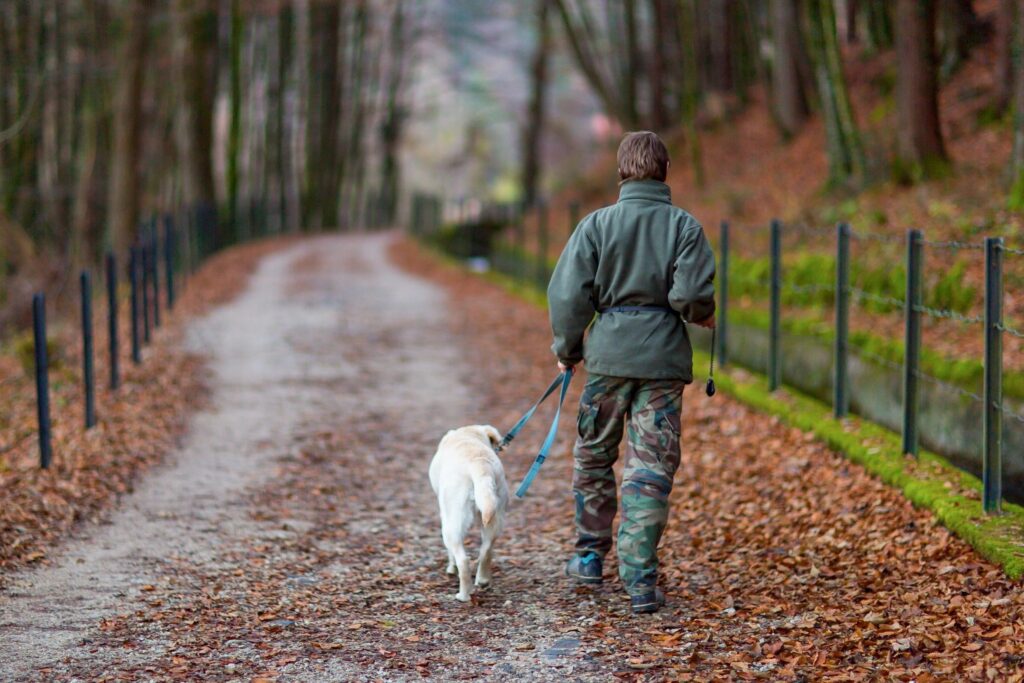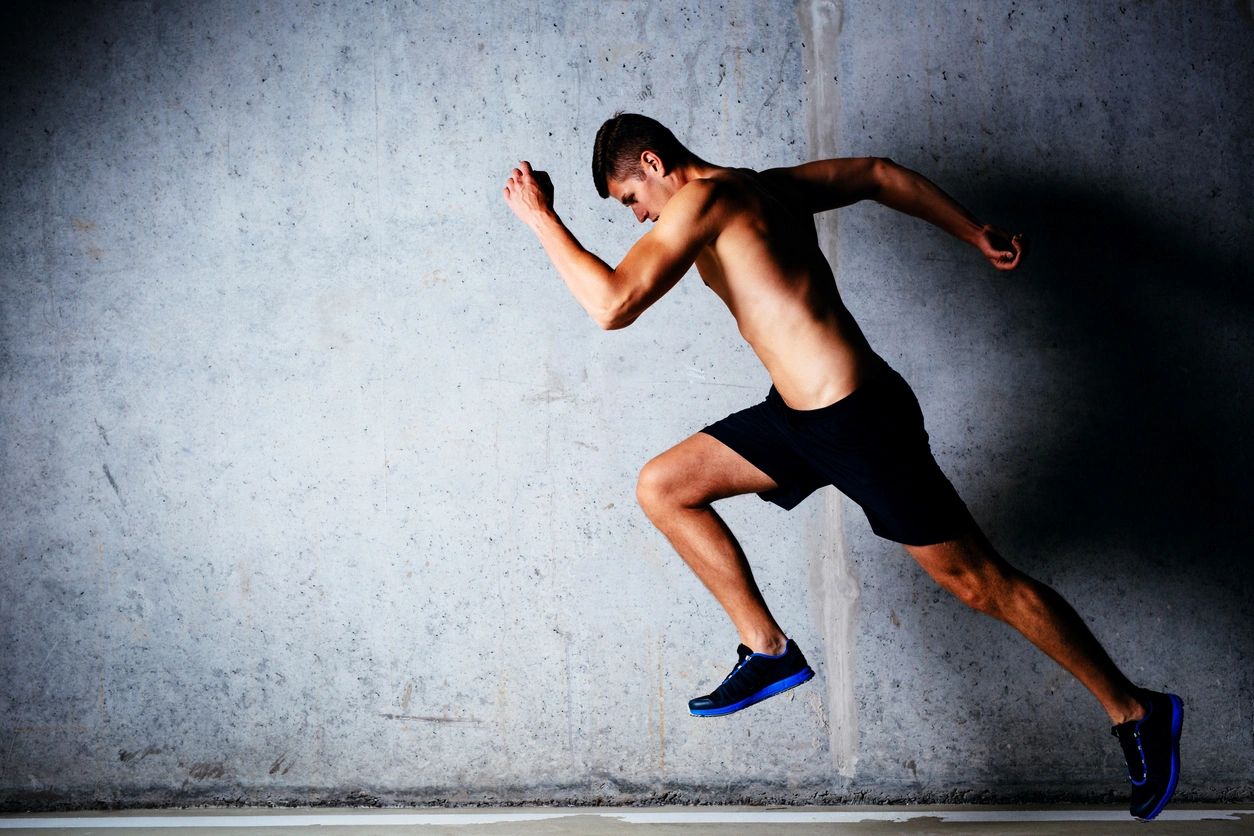Fitness can be an intimidating pursuit, especially for those that are active on social media. If you thought that what you saw fitness influencers doing online was what you were supposed to be doing, I could see how it would be extremely hard to muster up the courage to even get started. Enter: Walking. I think one of the most underrated forms of exercise is walking. In this post I’m going to go over the benefits of walking, some protocols to ease you into it, and also some ways of spicing it up a bit.
Physical Health Benefits:
Heart Health: Walking serves as a cornerstone for cardiovascular well-being. Its moderate, sustained activity strengthens the heart muscle, improves circulation, and enhances the efficiency of oxygen delivery throughout the body. By reducing blood pressure and managing cholesterol levels, it mitigates the risk of heart disease and stroke. Aerobic activity such as walking, stimulates the production of high-density lipoprotein (HDL) cholesterol, known as the good kind of cholesterol which helps to transport low-density lipoprotein (LDL) cholesterol, known as the bad kind of cholesterol, away from the arteries and back to the liver. (1) Additionally, walking has been linked to improved heart rate variability, a marker of heart health and resilience.
Weight Management: While walking may not produce the immediate calorie burn of high-intensity workouts, its cumulative effects on weight management are profound. Regular walking boosts metabolism, burns calories, and preserves lean muscle mass, making it a sustainable strategy for achieving and maintaining a healthy weight. Moreover, walking stimulates the release of hormones like glucagon, which promotes fat burning and helps regulate blood sugar levels. You may have heard of the new class of drugs being used for weight loss these days, glucagon like peptide-1 agonists or GLP-1 agonists. These drugs also stimulate the release of glucagon, but seemingly at the cost of some nasty side effects. The worst one that sticks out to me is the loss of lean tissues and it’s not clear if this loss is from muscle, bone, or both. So walking is a nice natural way of stimulating the release of the same peptide and achieving the same results.
Joint and Bone Health: Contrary to common misconceptions, walking is gentle on the joints and beneficial for bone density. It lubricates joints, enhances flexibility, and reduces the risk of arthritis. Moreover, weight-bearing activities like walking stimulate bone remodeling, fortifying bone density and reducing the likelihood of osteoporosis-related fractures. Research also suggests that walking can alleviate symptoms of osteoarthritis by strengthening the muscles around affected joints and improving joint function.
Improved Digestion: The rhythmic motion of walking extends its benefits beyond cardiovascular health to digestive wellness. A post-meal stroll aids digestion by stimulating peristalsis, promoting gastric emptying, and reducing the likelihood of indigestion and bloating. It’s a natural remedy for sluggish digestion, fostering better gut health and overall comfort. Additionally, walking has been shown to improve symptoms of gastrointestinal disorders like constipation and irritable bowel syndrome by regulating bowel movements and reducing abdominal discomfort. I like to suggest 10 minute walks to my clients. Whenever you’ve eaten a meal, get up and walk for 10 minutes. For someone like me who suffers from a digestive disease like ulcerative colitis, this has been a game changer for my digestion. It’s also a good time to continue to bond with the family. Especially on holidays. Instead of everyone sitting around drinking and picking at deserts, grab the spouse and kids, take a walk!

Enhanced Immunity: Regular walking bolsters the immune system through various mechanisms. It enhances circulation, facilitating the transportation of immune cells throughout the body. Additionally, it promotes lymphatic drainage, aiding in the removal of toxins and waste products. By reducing inflammation and enhancing immune cell activity, walking fortifies our defense against infections and illnesses. Research also suggests that walking can reduce the risk of chronic inflammatory conditions like autoimmune diseases and allergies. This lymphatic drainage is also extremely important for muscle recovery. Your circulatory system has a heart to pump your blood about the body. Unfortunately, your lymphatic system does not have it’s own heart. So how does it move fluids? Through movement! As you move, your muscles act as pumps that help to drain old, waste filled fluids away to be excreting through multiple methods, then send new nutrients and such to the sites that need a little love.
Mental Well-being Benefits:
Stress Reduction: In our hectic lives, finding moments of tranquility is crucial for mental well-being. Walking, especially amidst natural surroundings, offers a respite from the demands of daily life. Its rhythmic, repetitive motion soothes the nervous system, lowers cortisol levels, and induces a state of calmness and relaxation. With the introduction of EMDR (eye movement desensitization and reprocessing) therapy becoming more and more popular among licensed therapists, the relationship to walking is an important one. EMDR is using side to side movements of the eye while processing old traumatic thoughts to improve psychological situations. What’s cool about it is that you naturally do this when you walk. As we take steps, there are subtle side to side movements of our body. When the body moves to the side, your eyes slightly move in the opposite direction to keep your gazed fixed on whatever you’re looking at. This reduces activity in the amygdala, the brains emotion processing center. The thought here is that as you’re walking, the side-to-side movement let’s your brain know that you are walking towards something as instead of away from something. This helps manage things like fear responses. I do most of my heavy thinking on walks because of this and I tend to come out feeling much better about whatever I was thinking about before I went in. (I am not a licensed psychologists and this is not psychological advice) Moreover, walking outdoors provides an opportunity to connect with nature, which has been shown to reduce stress, anxiety, and depressive symptoms.

Mood Enhancement: The release of endorphins during walking serves as a natural mood booster. These feel-good neurotransmitters alleviate symptoms of anxiety and depression, promote feelings of happiness and contentment, and contribute to overall emotional well-being. Walking outdoors, in particular, exposes us to natural light and fresh air, further enhancing its mood-enhancing effects. Moreover, regular walking has been associated with improved self-esteem, body image, and overall quality of life.
Boosted Creativity: Many of our most ingenious ideas emerge during a leisurely stroll. Stanford researchers found that walking boosts creative inspiration. They examined creativity levels of people while they walked versus while they sat. A person’s creative output increased by an average of 60 percent when walking. (2) Walking enhances cognitive function, promotes neurogenesis, and reduces the risk of cognitive decline and dementia. By increasing blood flow to the brain and fostering neural connectivity, walking supports mental acuity and sharpness. Walking also fosters a relaxed state of mind conducive to creative thinking, allowing us to explore new ideas and solutions to problems.
Improved Sleep Quality: Quality sleep is essential for overall health and vitality. Walking can play a significant role in improving sleep quality by regulating circadian rhythms, reducing nighttime arousal, and promoting relaxation. Engaging in a brisk walk during the day can help alleviate stress and tension, leading to deeper, more restorative sleep at night. Moreover, walking has been shown to regulate sleep-wake cycles and improve sleep efficiency, resulting in fewer awakenings and more restful sleep.
Social Connection: Walking offers opportunities for social interaction and connection, which are vital for mental well-being. Whether we walk alone, with a partner, or in a group, it provides a platform for meaningful conversations, shared experiences, and strengthened relationships. The sense of camaraderie and support fostered during walks contributes to a sense of belonging and social fulfillment. Moreover, participating in group walking programs or community walking events can enhance social cohesion and promote a sense of community belonging.
The benefits of walking extend far beyond the physical act itself. From strengthening the heart and supporting weight management to reducing stress and enhancing cognitive function, walking offers a comprehensive approach to health and well-being. So, let’s embrace this simple yet powerful activity, incorporating regular walks into our daily routines and reaping the myriad rewards it has to offer.
Walking Protocols :
We’ve already been over 10 minute walks to start with. Here are some other protocols you can use to get you started.
- Just walk: 10 minutes out and 10 minutes back. No need to speed walk, keep your heart rate low and your breathing slow. Just enjoy the scenery.
- Power Walk: For this, it’s useful to have a fitness wearable such as a fitbit, apple watch, or garmin. Keep your pace fast and swing your arms powerfully. What that pace is, is subjective for each person. You should however, feel your breathing becoming labored. Not super heavy, but just noticing that it’s a little bit harder.
- Hills: These are a fantastic way of strengthening your legs and encouraging a really efficient gait pattern. Because of the elevation, you’re forced to lift your leg higher and strike the ground more with the mid foot instead of the heel. Find a route near you that has some gnarly hills that take 60-120 seconds to walk up(feel free to go longer). Walk hard and fast up the hill and go as slow as you can down the hill being extra mindful of how your foot is impacting the ground and finding connections through all of the toes. Deceleration is one of the things that goes first as we age, so working hard to slow down while walking down hills is always a plus. If you really want to spice things up, one of my favorite things to do is to sprint up hill and walk downhill.
- Weight Vests: Adding load to your walks is a fantastic way to strength train with minimal equipment. It doesn’t take much to begin with. You can find pretty cheap 20lb vests on amazon these days. The power of weight vests is that they load almost your entire skeleton, from your collarbone, all the way down to your feet. This compression of your body while you walk provides a low level, but consistent stimulus that your muscles and bones will have to adapt to. Once you get used to walking with a vest, regular old walking becomes a piece of cake.
I appreciate all of you who made it to the end of this. I have a passion for helping people, especially the aging population. They tend to get forgotten about and I want to provide evidence-based information for them and others to improve not only their life span, but their quality of life. If you found this article useful, consider sharing it with someone that might get some benefit out of it. You never know who could use some help.
I’m an online strength and conditioning coach. I’m proud to say that September will be 10 years for me in this field. If you’re interested in learning more about this and many more topics, or just interested in what I offer as a coach, feel free to email me at [email protected] I also serve Rolesville, Wake Forest, and Raleigh, NC for in person at home training.
References :
(2) Give Your Ideas Some Legs: The Positive Effect of Walking on Creative Thinking xlm-a0036577.pdf (apa.org)





1 thought on “The Transformative Power of Walking: How a Simple Exercise Enhances Health and Well-being”
Outstanding blog! Very informative and interesting. Thank you!!!!!
Comments are closed.